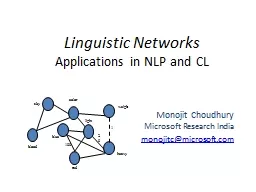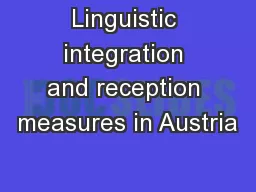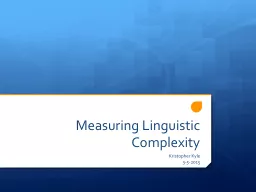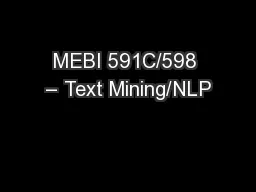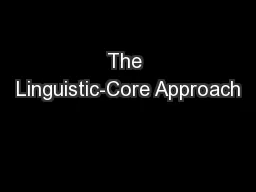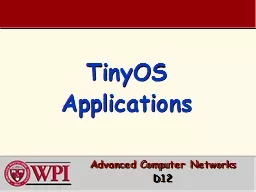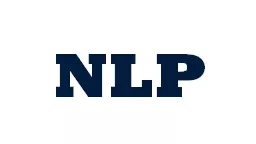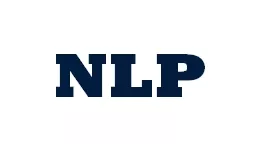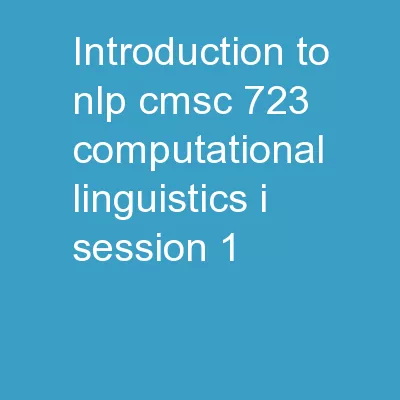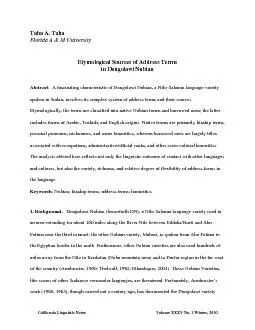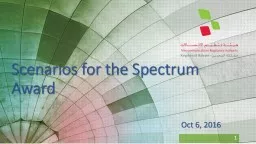PPT-Linguistic Networks Applications in NLP and CL
Author : reportperfect | Published Date : 2020-08-27
Monojit Choudhury Microsoft Research India monojitcmicrosoftcom light color red blue blood sky heavy weight 100 20 1 NLP vs Computational Linguistics Computational
Presentation Embed Code
Download Presentation
Download Presentation The PPT/PDF document "Linguistic Networks Applications in NLP ..." is the property of its rightful owner. Permission is granted to download and print the materials on this website for personal, non-commercial use only, and to display it on your personal computer provided you do not modify the materials and that you retain all copyright notices contained in the materials. By downloading content from our website, you accept the terms of this agreement.
Linguistic Networks Applications in NLP and CL: Transcript
Download Rules Of Document
"Linguistic Networks Applications in NLP and CL"The content belongs to its owner. You may download and print it for personal use, without modification, and keep all copyright notices. By downloading, you agree to these terms.
Related Documents

